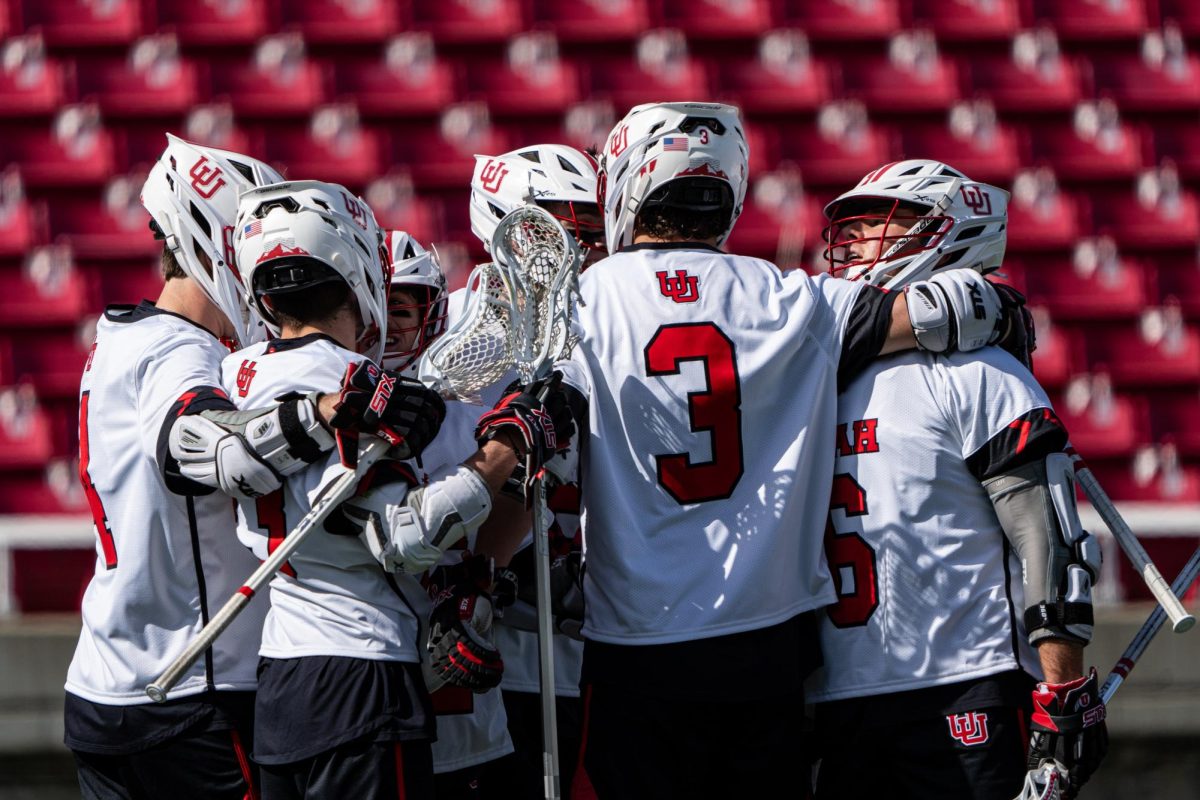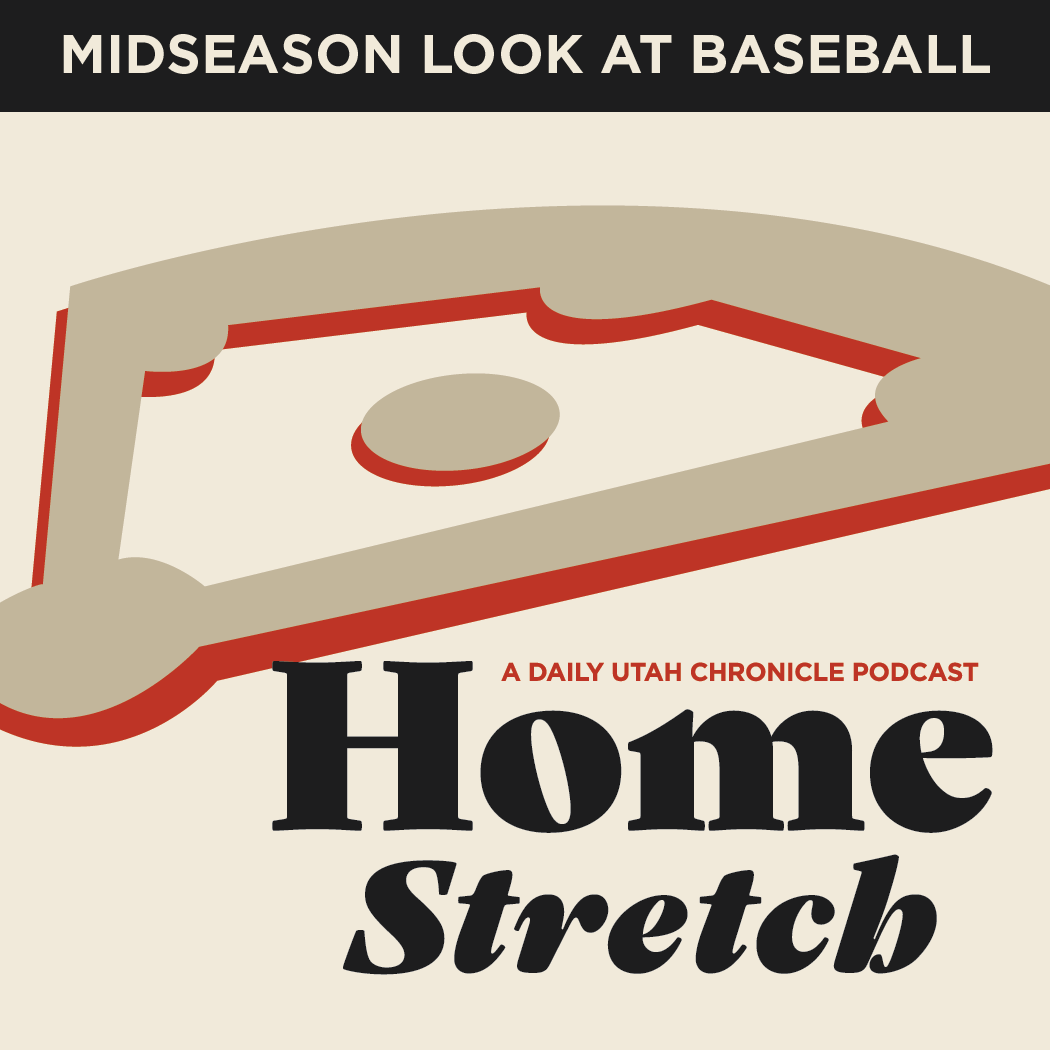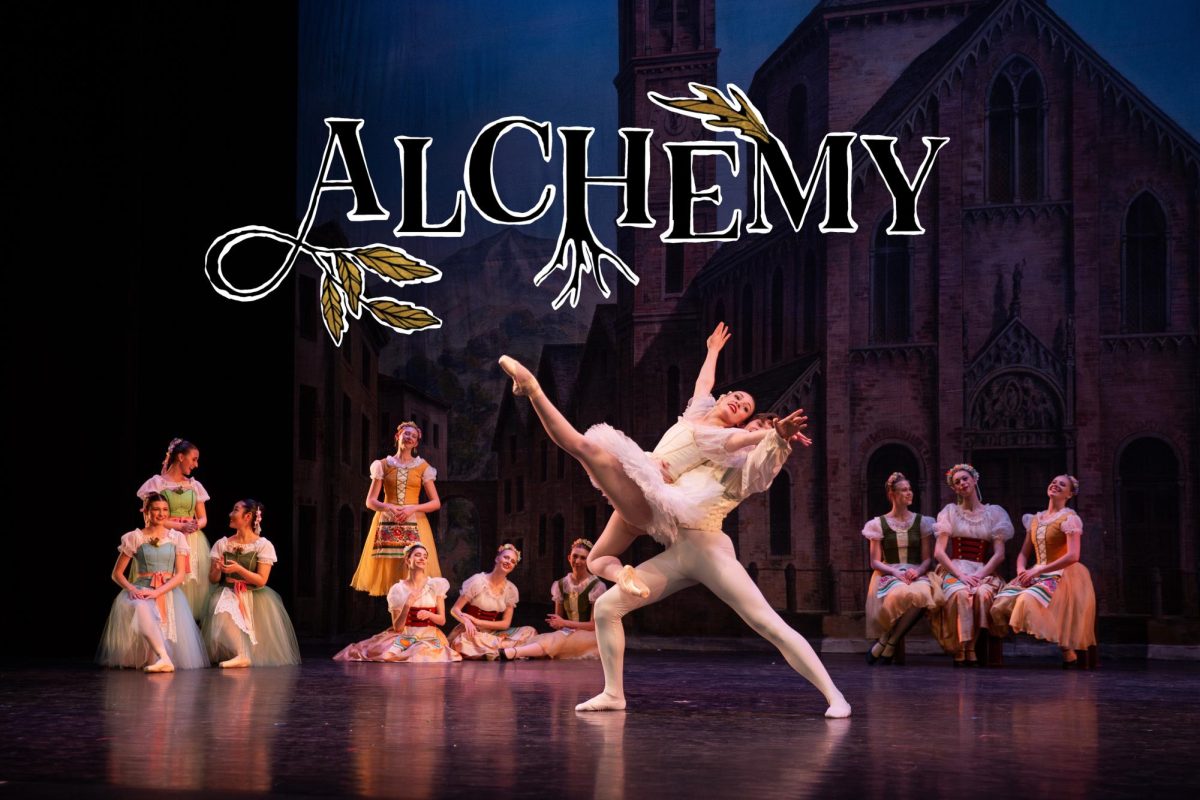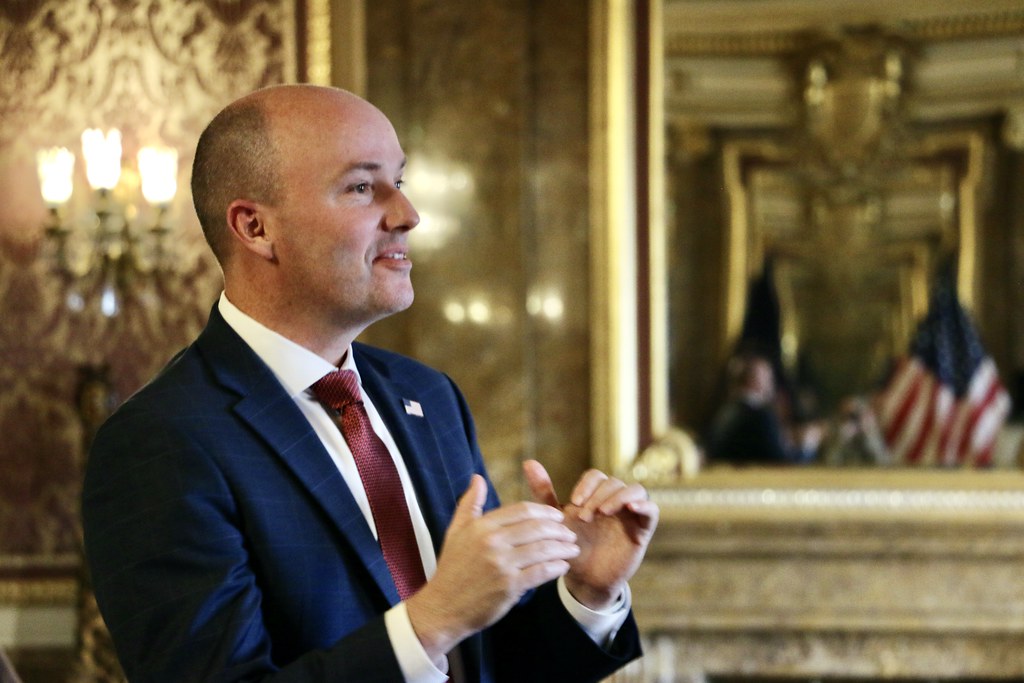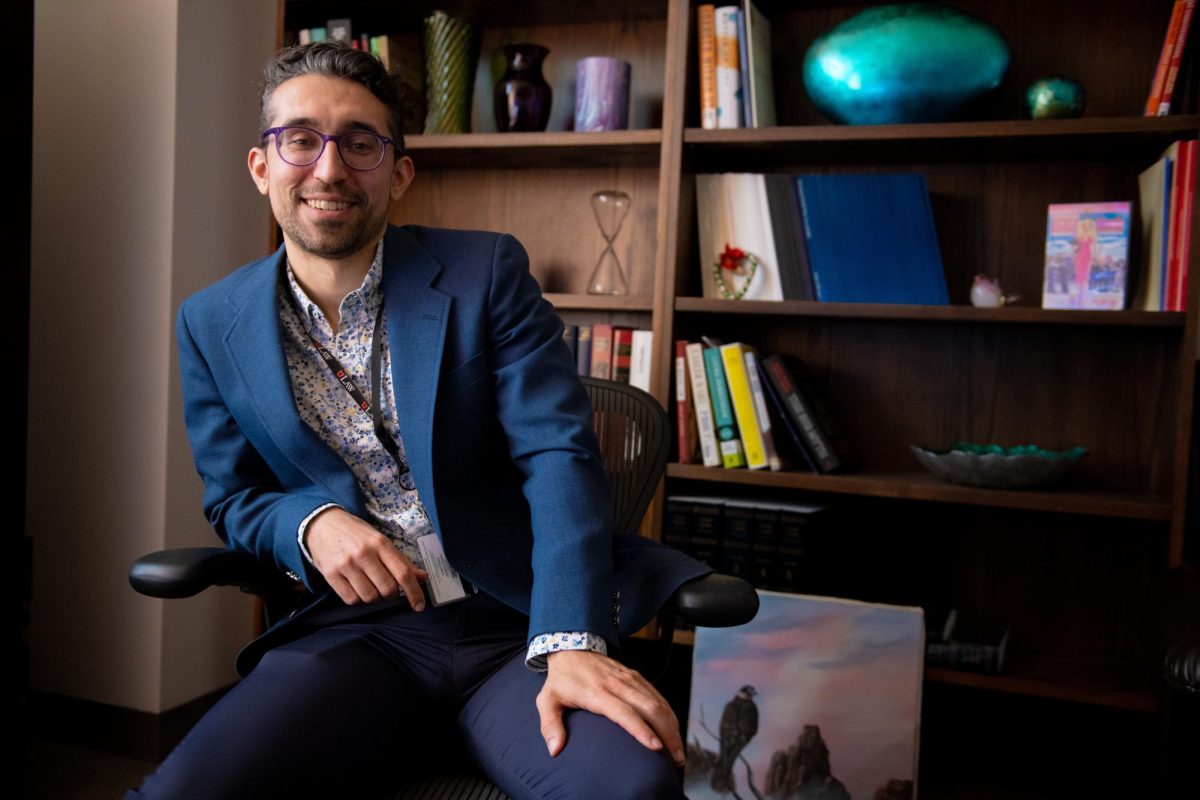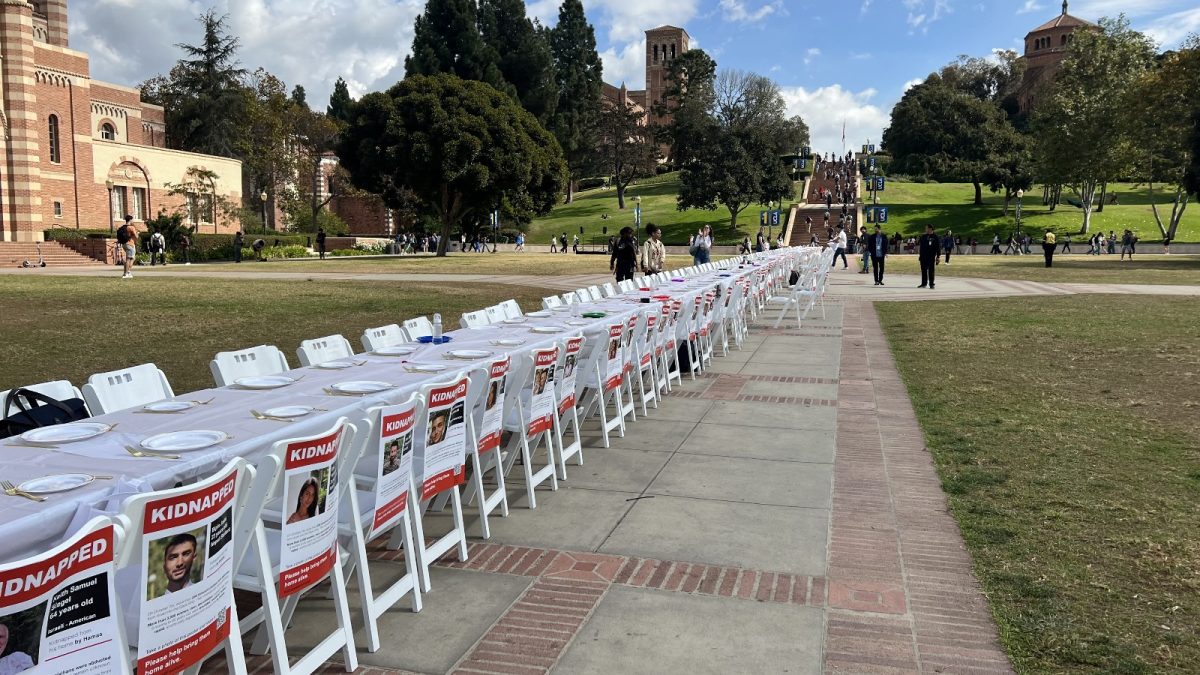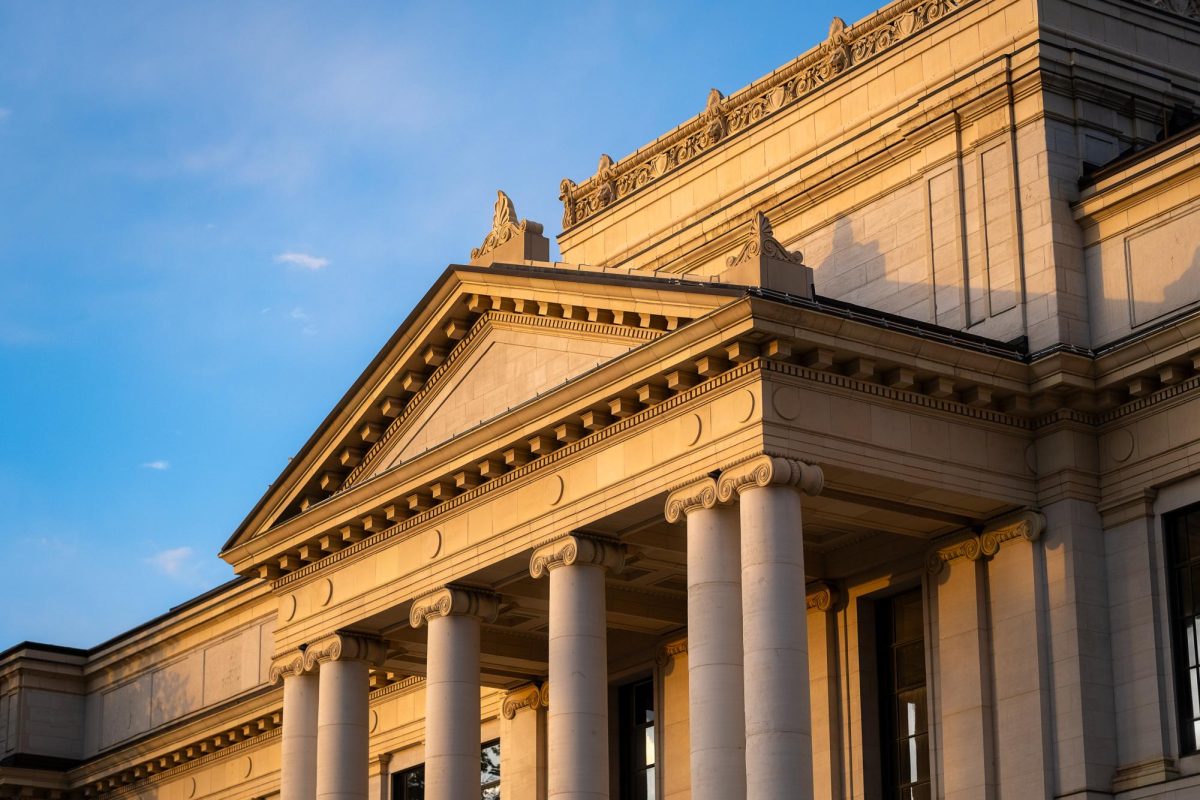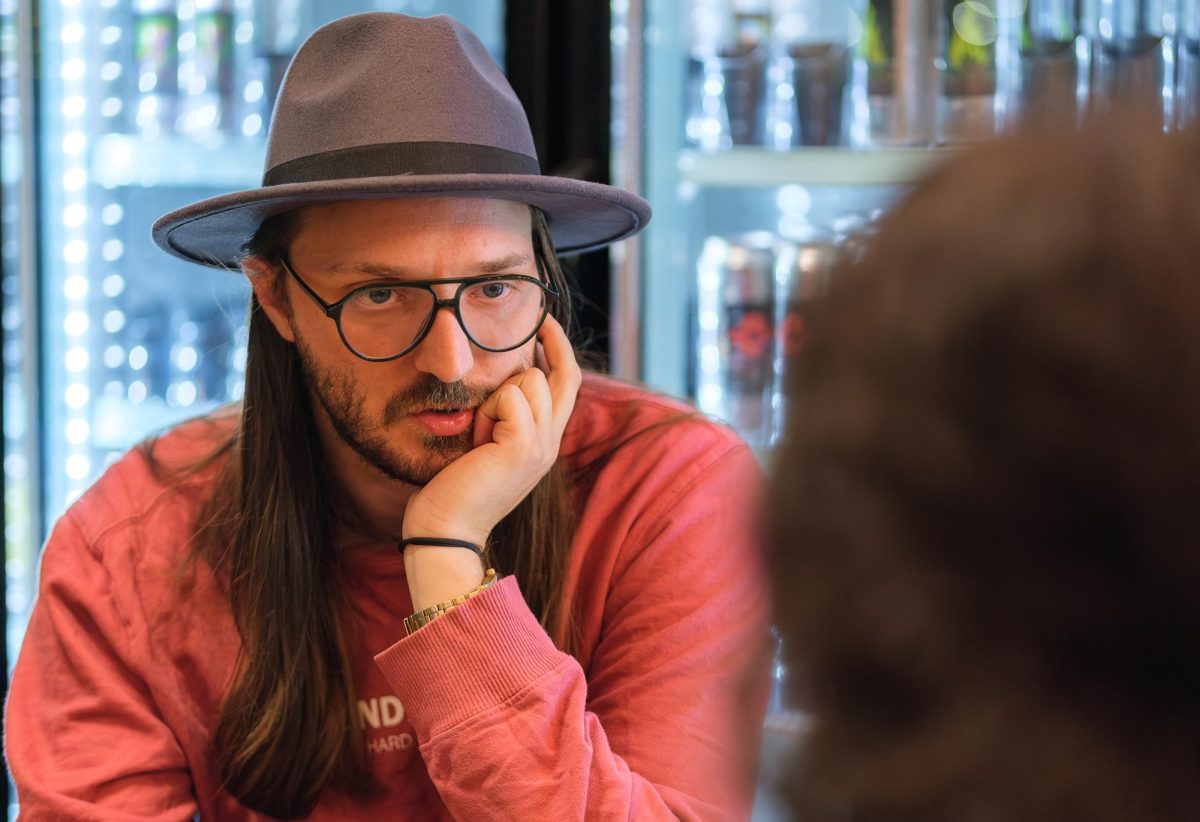U professor Charles F. Wilkinson spoke about his expertise, American Indian Law, as a guest speaker in the annual William H. Leary lecture at the College of Law.
Wilkinson discussed how American Indian tribes have risen over the years with members of the tribes becoming accomplished law school students and, eventually, lawyers.
“In the 1960s, for the Navajos, the main goal was to create Indian lawyers, and there were about 12 at the time,” Wilkinson said. “In the summer of ’68, there were about 30 to 40 potential (American Indian) law students who were involved in intensive curriculum and training to become lawyers.”
Wilkinson emphasized in his speech that the tribes struggled with the government to obtain equal opportunity for their members as well as their reservations. He said the leaders of the tribes fought back against the government until the U.S. Supreme Court ruled in their favor.
“In 1959, the Supreme Court ruled in favor to the land, taxation and resource rights in most cases, big and small,” Wilkinson said.
He also said that once the Supreme Court had made decisions that would benefit the tribes, the years ahead would not always bring success.
Wilkinson emphasized how important the reservations and tribe members were to the leaders, which brought the success that American Indian tribes have today in the legal world.
“The persistence of the tribes has led to a surprising dynamic,” Wilkinson said. “Within over 20 tribes, there are 300 or more government employees, excluding gaming operations.”
Wilkinson explained that nearly 58 million acres of land in the continental United States are inhabited by the American Indian tribe reservations.
Today there are around 2,000 American-Indian lawyers and, since the ’80s, American Indian law has remained one of the most active areas in the Supreme Court.
Nancy Kirkpatrick, political science major, said she was surprised by the detail and information Wilkinson included in his lecture.
“At first I came here to receive extra credit for one of my courses, but I found this specific lecture really interesting, and I learned a lot about American Indian law (that) I would not ever have known,” Kirkpatrick said.
Each year, an accomplished scholar is asked by the law school to come and speak in his or her department of expertise.
“We have had great success in the past with attaining leading scholars from around the nation,” said Scott Matheson, dean of the S.J. Quinney College of Law. “This year’s lecturer is one of the leading scholars in land law and American Indian law, and he is quite the educated and eloquent speaker.”




